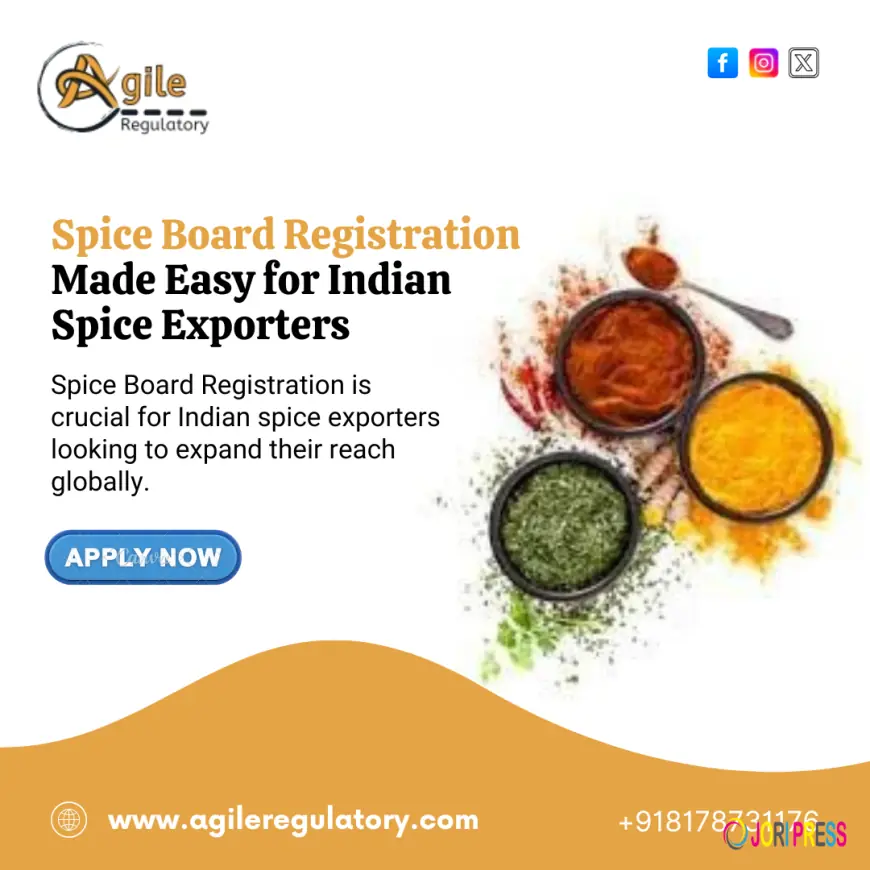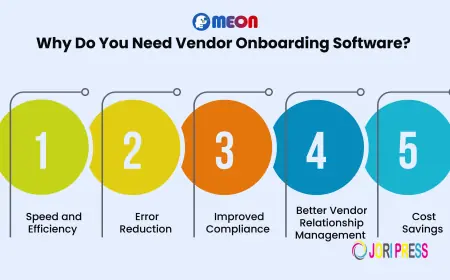Navigating International Markets: A Strategic Guide for Spice Exporters to Go Global.
The global spice market has witnessed significant growth over the past decade, driven by rising consumer demand for exotic flavors, health-conscious eating habits, and the popularity of international cuisines. For spice exporters in India, this presents a golden opportunity to expand their businesses beyond domestic boundaries. However, entering international markets requires more than just quality products; it demands a strategic approach, knowledge of regulations, and effective marketing strategies

Understanding Market Demand and Trends
Before venturing abroad, spice exporters must research and understand the preferences of target markets. Each country has unique culinary habits and regulatory requirements. For instance, while black pepper may have high demand in Europe, turmeric and saffron could be more sought after in the Middle East. Exporters should also monitor trends like organic spices, ready-to-use spice blends, and sustainably sourced products, which are increasingly popular among global consumers.
Compliance with International Regulations
Compliance with international food safety and quality standards is non-negotiable. Countries have stringent regulations under bodies like the US FDA, European Food Safety Authority (EFSA), and Codex Alimentarius. Exporters must ensure proper labeling, packaging, and adherence to permissible pesticide and microbial limits. Obtaining certifications such as ISO 22000, HACCP, Organic, and FSSAI (for Indian origin verification) not only builds credibility but also smoothens the customs clearance process.
Building a Reliable Supply Chain
An efficient supply chain is critical to ensuring the timely delivery of spices while maintaining their quality. Exporters should collaborate with reliable logistics partners, cold storage facilities, and freight forwarders. Maintaining product traceability, from sourcing to packaging, is essential to meet international quality standards and to gain the trust of global buyers.
Marketing and Branding Strategies
Successfully entering a foreign market requires more than regulatory compliance; strong branding and marketing are key. Exporters should focus on creating a recognizable brand that communicates quality and authenticity. Digital marketing, participation in international trade fairs, B2B platforms like Alibaba or IndiaMART, and partnerships with local distributors can effectively increase market reach. Highlighting unique aspects, such as organic cultivation or traditional Indian spice processing methods, can help differentiate products from competitors.
Role of Agile Regulatory in Facilitating Global Expansion
Navigating international regulations and certification requirements can be challenging for spice exporters. Agile Regulatory offers end-to-end consultancy services to simplify this process. From obtaining essential certifications such as FSSAI, ISO, and organic certifications to ensuring compliance with export regulations, Agile Regulatory supports businesses at every stage. Their expertise helps exporters minimize compliance risks, streamline documentation, and enhance global market readiness, allowing them to focus on growth and brand expansion.
Conclusion
Entering international spice markets presents a lucrative opportunity for Indian exporters, but it requires careful planning and adherence to global standards. By understanding market demand, ensuring regulatory compliance, optimizing supply chains, and implementing effective marketing strategies, spice exporters can successfully expand their footprint worldwide. With expert guidance from organizations like Agile Regulatory, the journey from local producer to global supplier becomes structured, efficient, and sustainable.
What's Your Reaction?
 Like
0
Like
0
 Dislike
0
Dislike
0
 Love
0
Love
0
 Funny
0
Funny
0
 Angry
0
Angry
0
 Sad
0
Sad
0
 Wow
0
Wow
0


















































